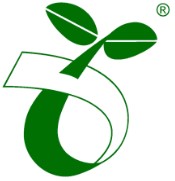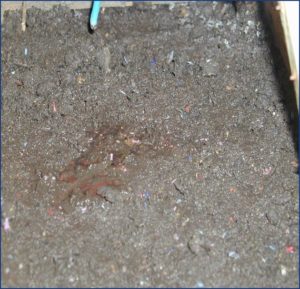Under this somewhat provocative title, and I apologise (but you would not have read it), here is a short summary of the main concepts to be mastered to understand the terms used when it comes to eco-packaging. In this article, we will only speak of the luxury industry, but the recommendations mentioned also work with food packaging.
Ecodesign is one of the important trends of the luxury industry. However, we find that there is often confusion when it comes to the vocabulary used. This article aims to shed light on certain words, and also on the different types of bioplastics.
This article will not, however, address the part on the reduction of the weight of packaging, even if it is also one of the important components of the subject.
When a manufacturer wants to have an “ecological” packaging, they decide on a policy relating to the main designations of recycable, biodegradable and compostable. We will then see what these different names mean and how they differ.
THE RECYCLABILITY
This is a waste that can be reintroduced directly into the production cycle as a partial or total replacement of a new raw material.
In the case of the luxury industry, this mainly concerns glass bottles. Today, glass is recycled to 75%, and is one of the most recycled materials. Only, according to a study conducted by Marionnaud, only 44% of perfume users recycle their perfume bottle.
Plastic, on the other hand, is the least recycled material.
To measure the environmental impact of plastics, other evaluation criteria will be used: the concepts of biodegradability and/or compostability.

THE BIODEGRADABILITY
It is a degradable plastic whose degradation results from the action of microorganisms naturally present in the environment such as bacteria, fungi or algae. In this case, it will be mainly biplastics, used to make the cases of luxury packaging.

THE COMPOSTABILITY
A plastic that is degraded by a biological process during composting, producing CO2, water, inorganic compounds and biomass at a rate comparable to other known compostable materials and generating no toxic, visible or recognisable residue.
Compostability is evaluated according to EN 13432. This is where the material will transform into a quality compost, via an industrial plant. In this case, composting takes place in about 12 weeks under conditions (temperature, humidity). Either “home”, and in this case the composting time is more random.
All compostable materials are biodegradable, but not all biodegradable materials are compostable.

To be able to use recyclable and/or compostable materials, luxury industrialists often turn to bioplastics. However, they are not biodegradable. Here is a summary table of the different types of bioplastics.

While the production of bioplastics is rising, it is struggling to find its market in luxury packaging. The level of demand in terms of visual appearance, mechanical quality and price, for the moment rejects this solution. For a solution that combines both the brilliance and the ecological considerations, the cardboard metallised by a transfer process appeard to us as the best solution for this double requirement.
Renaud Vuillet, Marketing Manager

